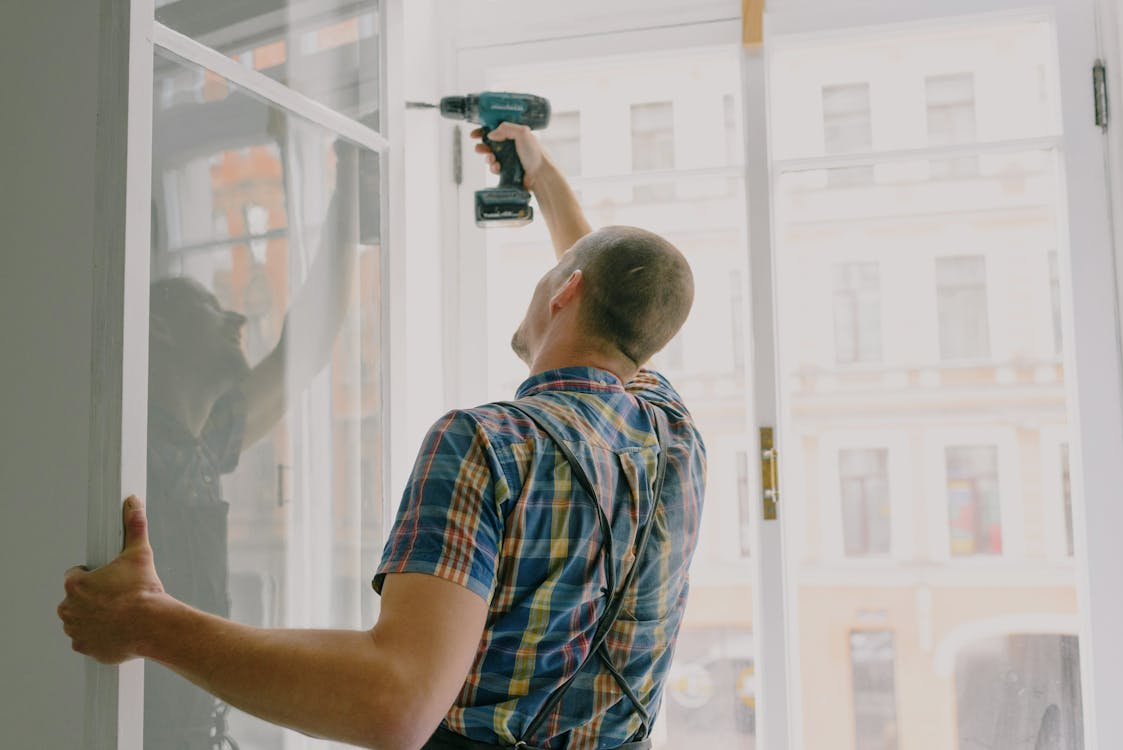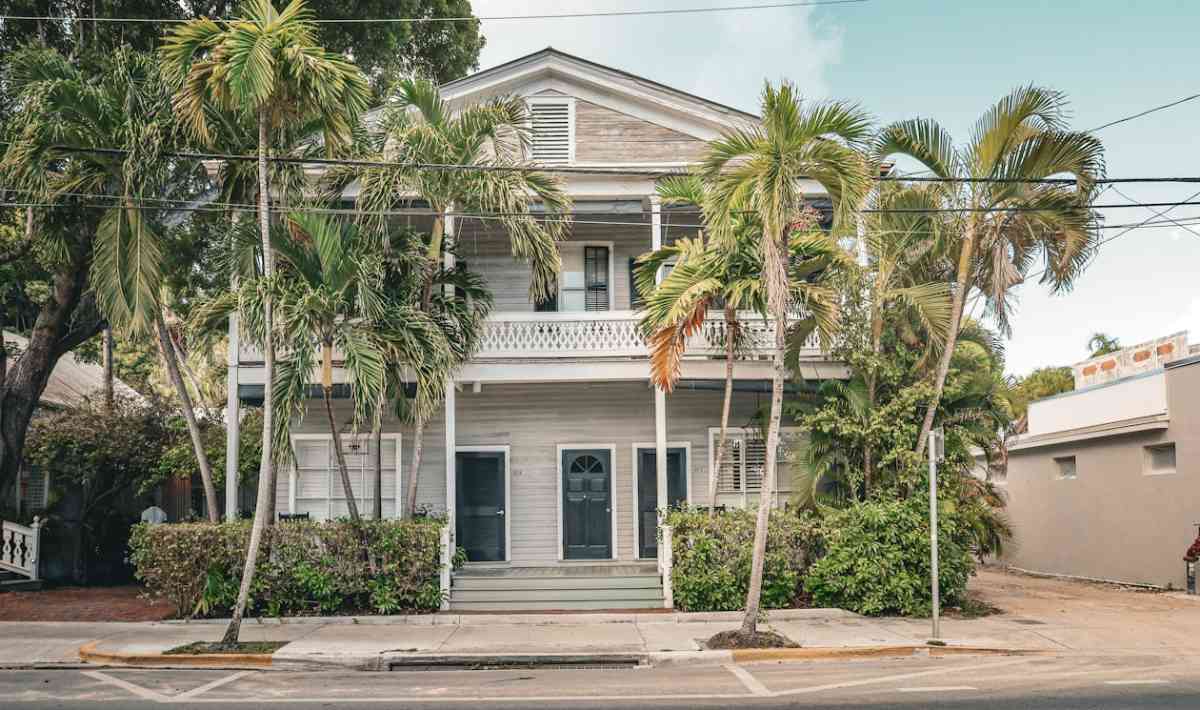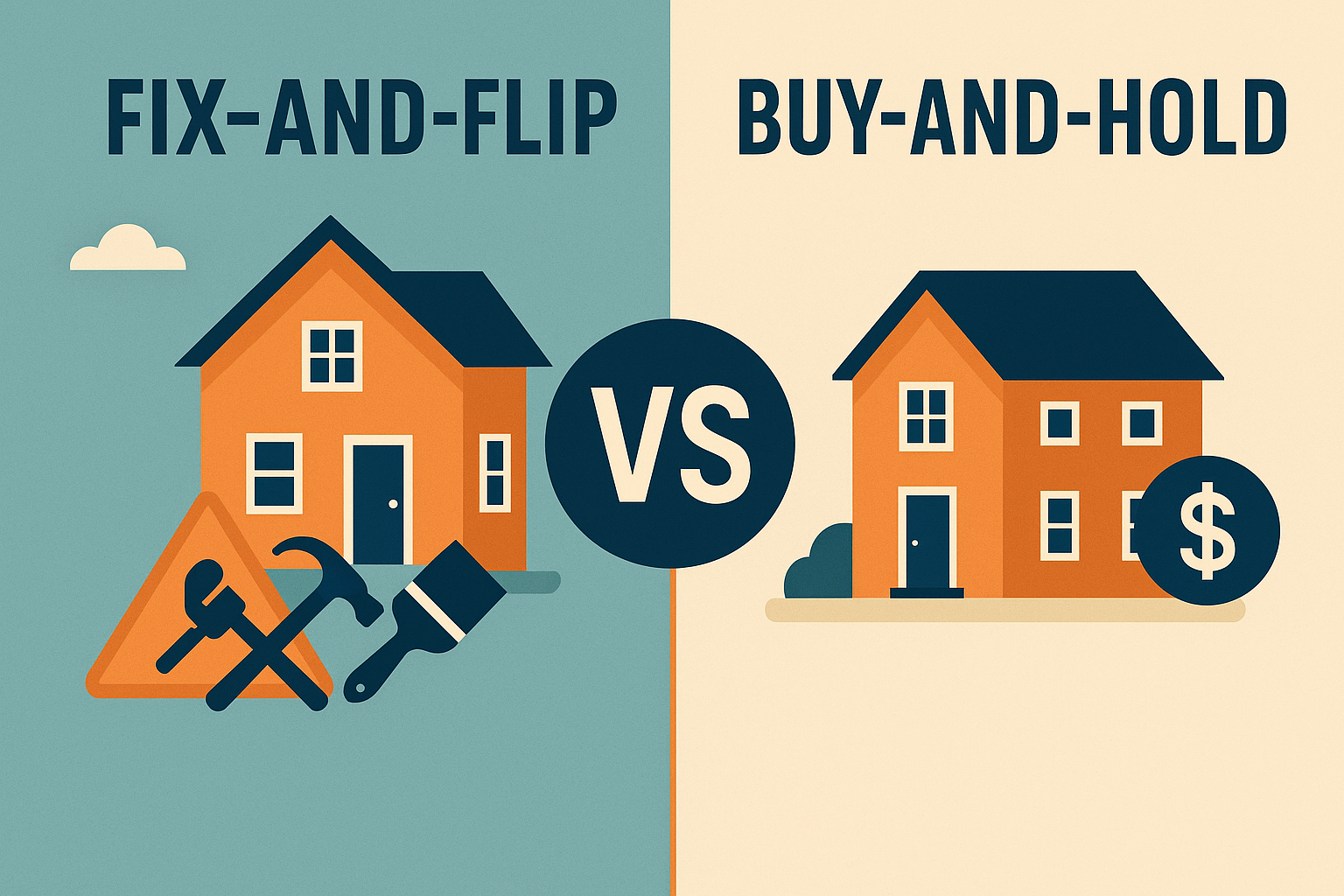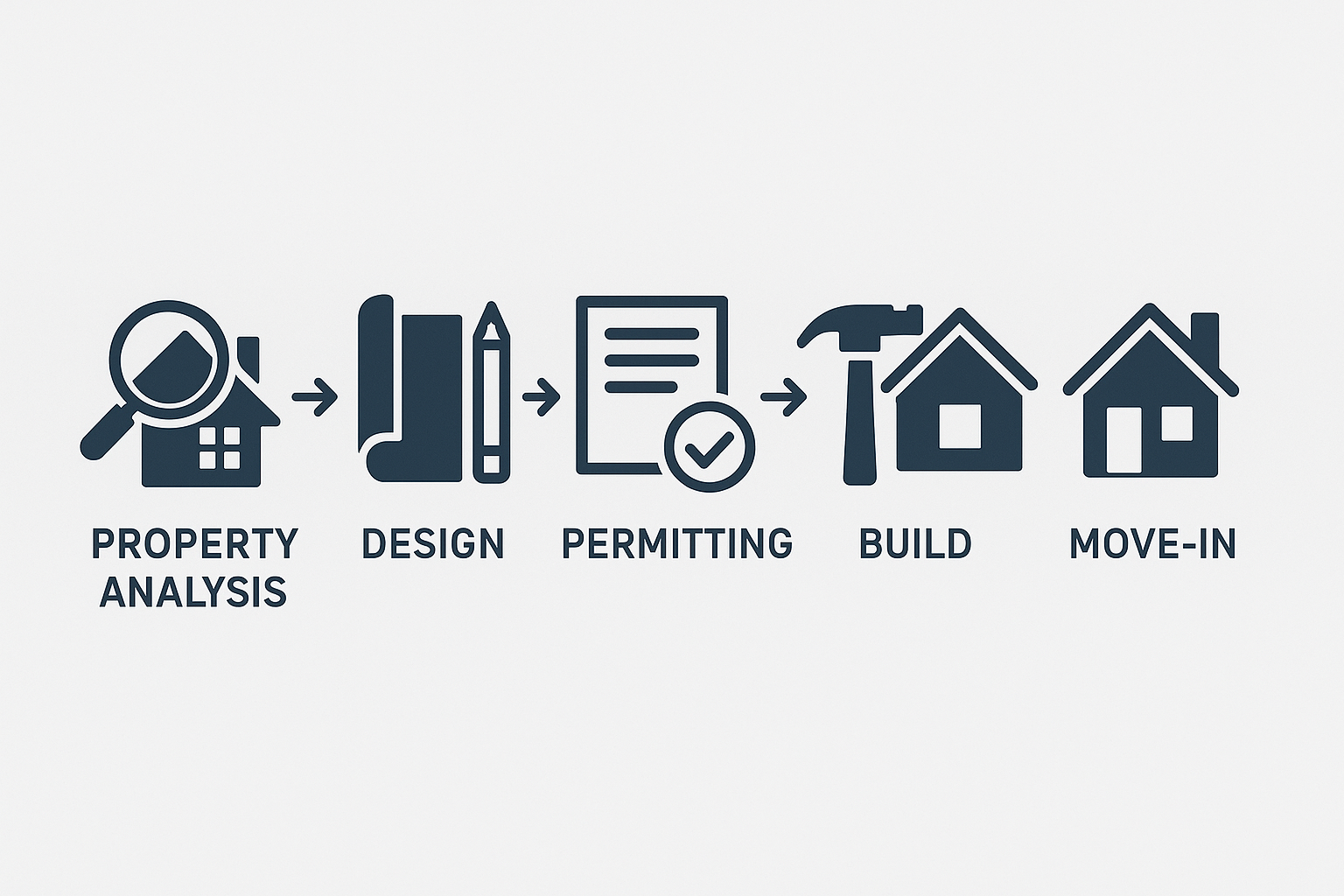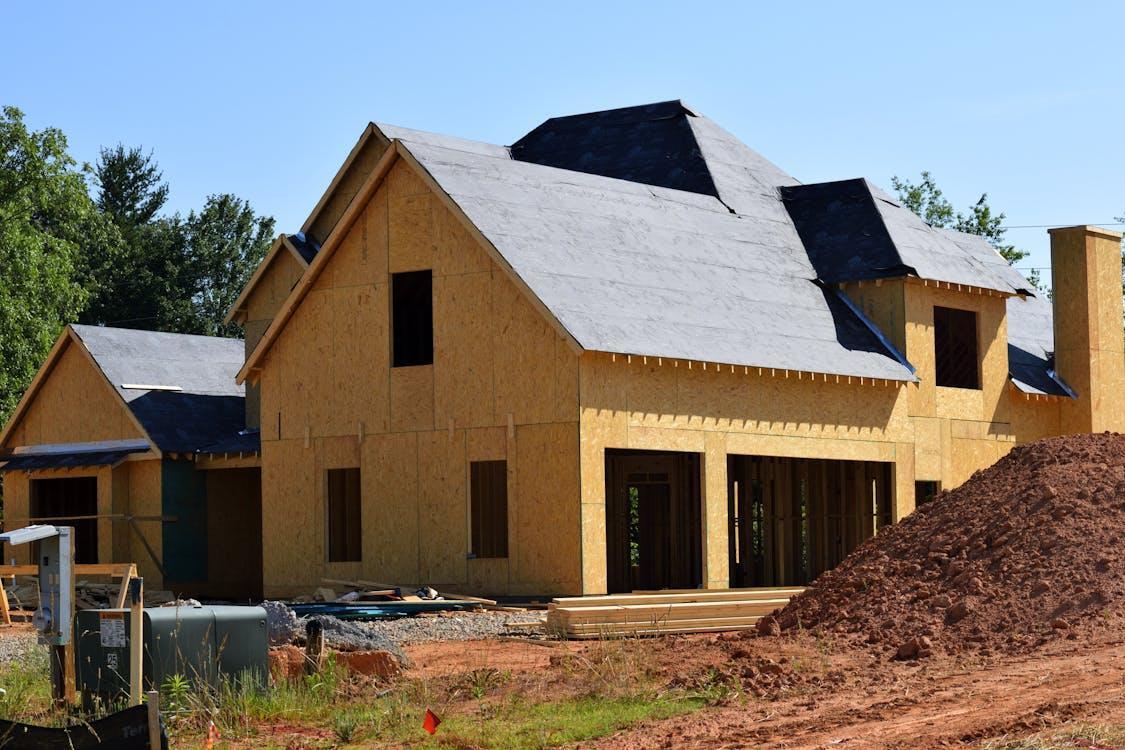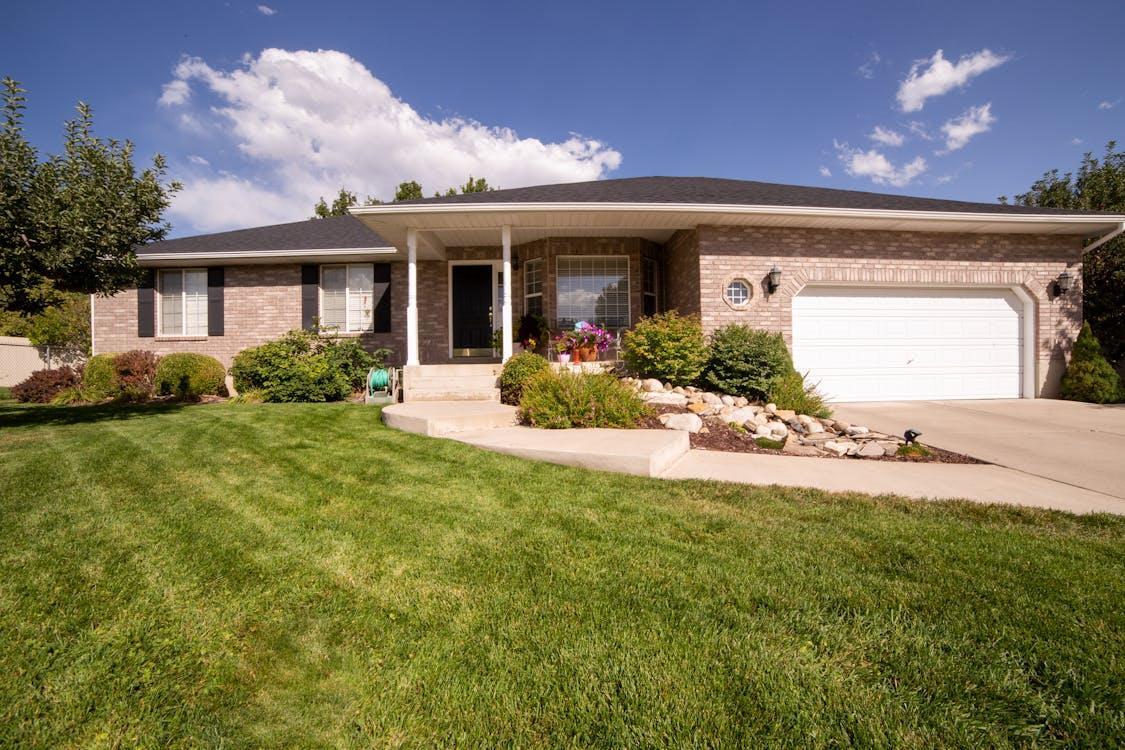The fix-and-flip real estate strategy is an exciting way to build wealth, but it can be a daunting process if you're new to it.
Indiana’s real estate market presents an excellent opportunity for new investors. According to recent data, property prices in the state have risen by nearly 5.5%.
Cities like Indianapolis, Fort Wayne, and Evansville are experiencing growth in property demand, making them hotspots for fix-and-flip opportunities. With affordable housing options, increasing market values, and hard money loans, Indiana is an attractive state for investors looking to enter the real estate game.
Now that you know the potential, let’s get into how to complete your first fix and flip project in Indiana.
Step 1: Research the Market and Choose Your Location
When starting your first fix and flip project in Indiana, choosing the right location is critical. Indiana has diverse real estate markets, so focusing on areas where demand is strong and inventory is low will increase your chances of success.
Popular Fix and Flip Markets in Indiana:
- Indianapolis: Indiana’s largest cityoffers a growing market, and its suburban areas are ripe for renovation projects.

- Fort Wayne: This city is attracting buyers due to its affordable housing and job opportunities.
- South Bend: With its proximity to the University of Notre Dame, South Bend has seen an uptick in property demand.
Look for neighborhoods that are on the verge of growth, where home values are likely to rise after your renovations.
Step 2: Secure Financing Through a Fix and Flip Loan
Unless you're paying in cash, you’ll need financing for your project. Traditional banks might be reluctant to fund first fix-and-flip projects in Indiana due to their higher risk, but a hard money lender like InstaLend can provide the necessary funds through fix-and-flip loans in Indiana.
Hard money loans are short-term, interest-only loans that provide the flexibility you need to cover property purchase and renovation costs. These loans focus more on the property’s potential value rather than your credit score, which makes them ideal for first-time flippers.
What You’ll Need to Apply for a Fix and Flip Loan:
- A detailed renovation plan
- Budget estimates for the purchase and repairs
- An exit strategy (how you plan to sell or refinance after the flip)
Hard money lenders in Indiana offer quick funding, typically within a week, which is crucial when trying to secure hot properties in a competitive market.
Step 3: Find the Right Property
Now that you’ve secured financing, it’s time to find the right property. Your profit largely depends on your ability to purchase a property below market value. You can look for distressed properties, foreclosures, or homes that need renovation in good neighborhoods.
Tips for Finding the Right Fix and Flip Property:
- Avoid Major Structural Issues: While cosmetic repairs can add value, major issues like foundation problems or extensive plumbing and electrical damage can eat up your budget.

- Check the ARV (After Repair Value): This is the estimated value of the property after repairs. The goal is to buy low, invest in repairs, and sell high. A good rule of thumb is the 70% rule—never pay more than 70% of the property’s ARV minus repair costs.
- Use a Realtor: A local real estate agent can help you find off-market deals or distressed properties that fit your criteria.
Step 4: Renovate Smartly
Once you’ve acquired the property, it’s time to start renovations. This is where many new investors can go over budget, so having a clear plan and sticking to it is essential.
Key Tips for Managing Renovations:
- Focus on High-ROI Upgrades: Kitchens and bathrooms typically offer the highest returns on investment. Also, consider curb appeal upgrades like landscaping or painting the exterior.
- Stick to the Budget: Create a detailed renovation budget and stick to it. Unforeseen expenses can arise, so factor in a 10-15% buffer for contingencies.
- Hire Licensed Contractors: In Indiana, certain tasks like electrical work and plumbing must be done by licensed professionals. Ensure your contractors are qualified to avoid costly delays or legal issues.
Step 5: Market and Sell the Property
After renovations are complete, it’s time to sell. In a hot real estate market like Indiana’s, selling a well-renovated property can happen quickly — if you market it right.
3 Tips for Selling Your First Fix and Flip:
- Price Competitively: Your goal is to sell quickly to maximize your return, so price the property slightly below similar homes in the area to attract buyers.
- Stage the Home: Staging helps potential buyers envision themselves in the home and can increase the perceived value of the property.
- Work with a Realtor: An experienced realtor can help you list and market the property to ensure it reaches the right buyers. They can also guide you through the negotiation process to get the best possible price.
Step 6: Maximize Your Profit
To maximize your profits on your first fix and flip project in Indiana, time is of the essence. The longer the property sits on the market, the more carrying costs you’ll have (like loan interest, property taxes, and insurance).
Ways to Maximize Your Return:
- Sell Quickly: Use competitive pricing and aggressive marketing to sell the property fast and avoid holding costs.

- Consider a 1031 Exchange: If you’re planning to reinvest your profits into another property, you might want to use a 1031 exchangeto defer paying capital gains taxes.
For financing options, fix and flip loans in Indiana offered by hard money lenders in Indiana like us can give you the quick funding needed to jump on great opportunities. At InstaLend, we offer easy fix and flip loans requiring minimal documentation, and no upfront fees or income requirements. So, apply for a loan today.



